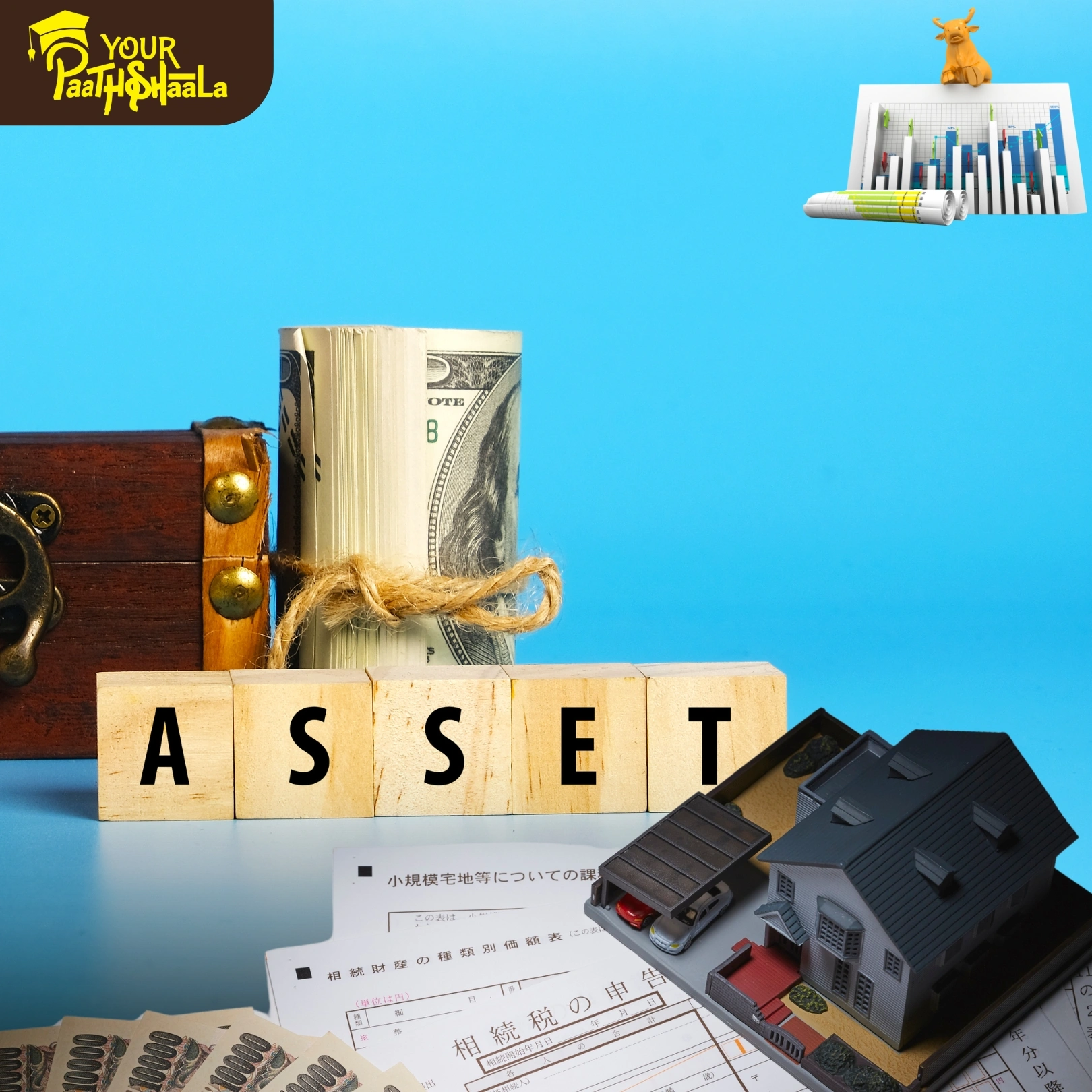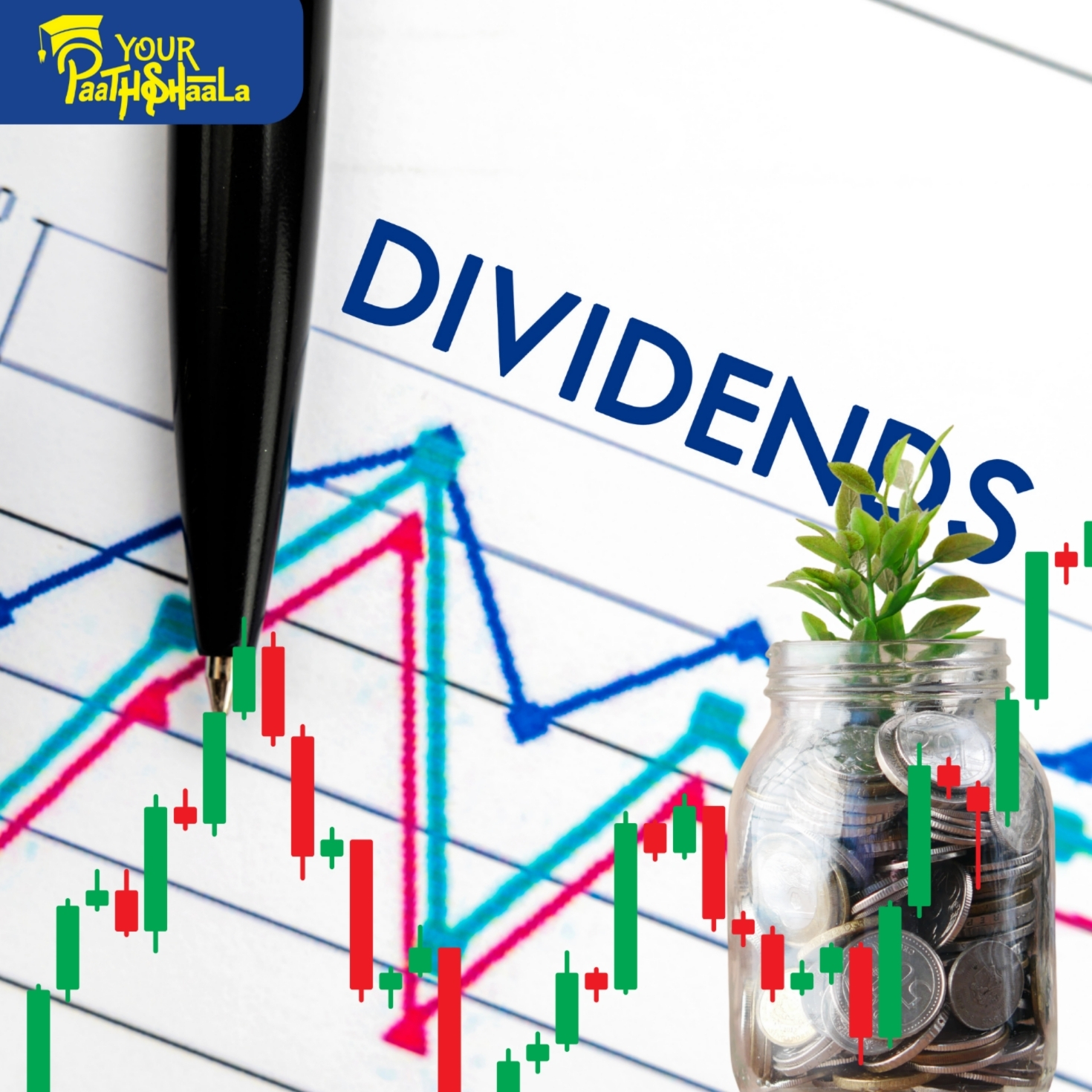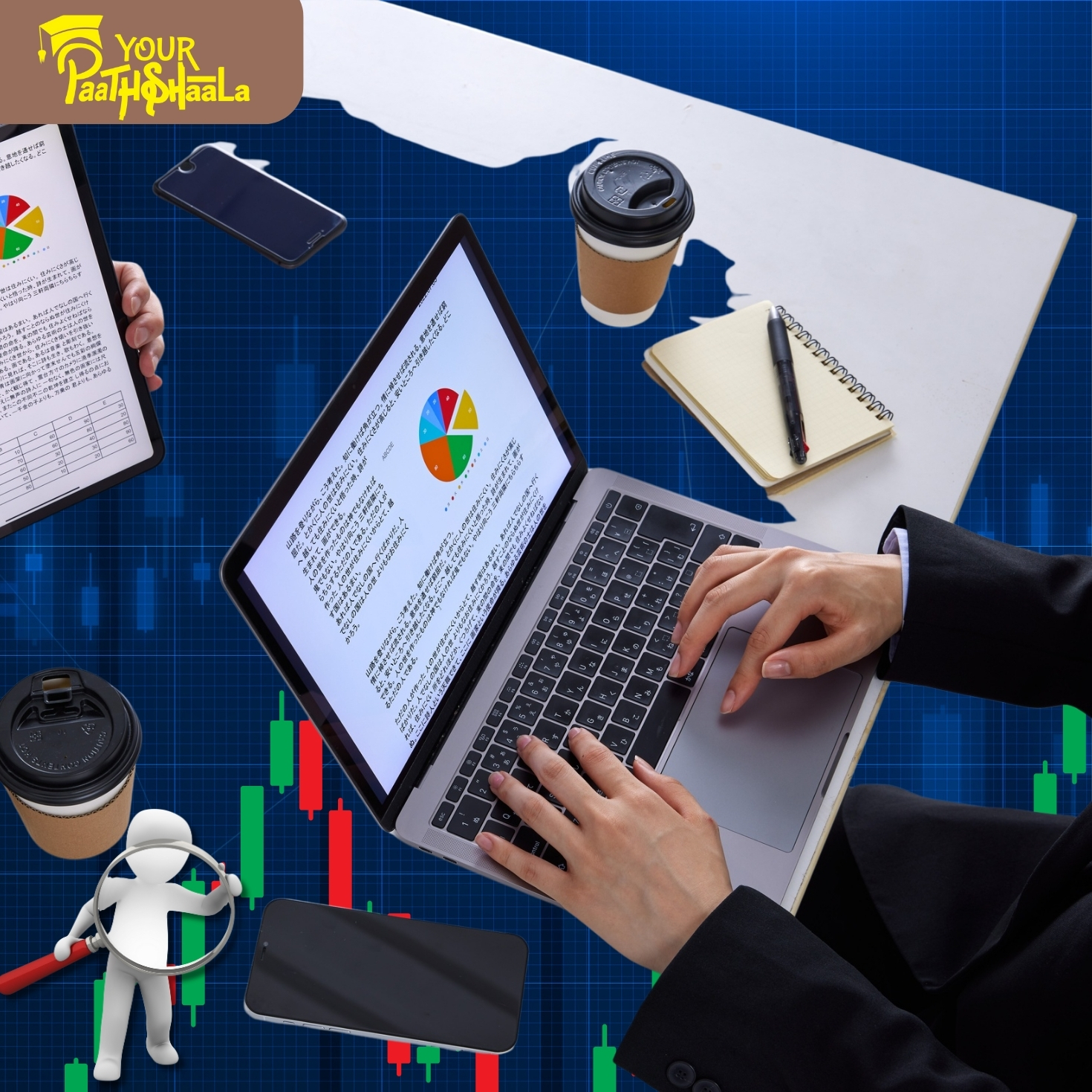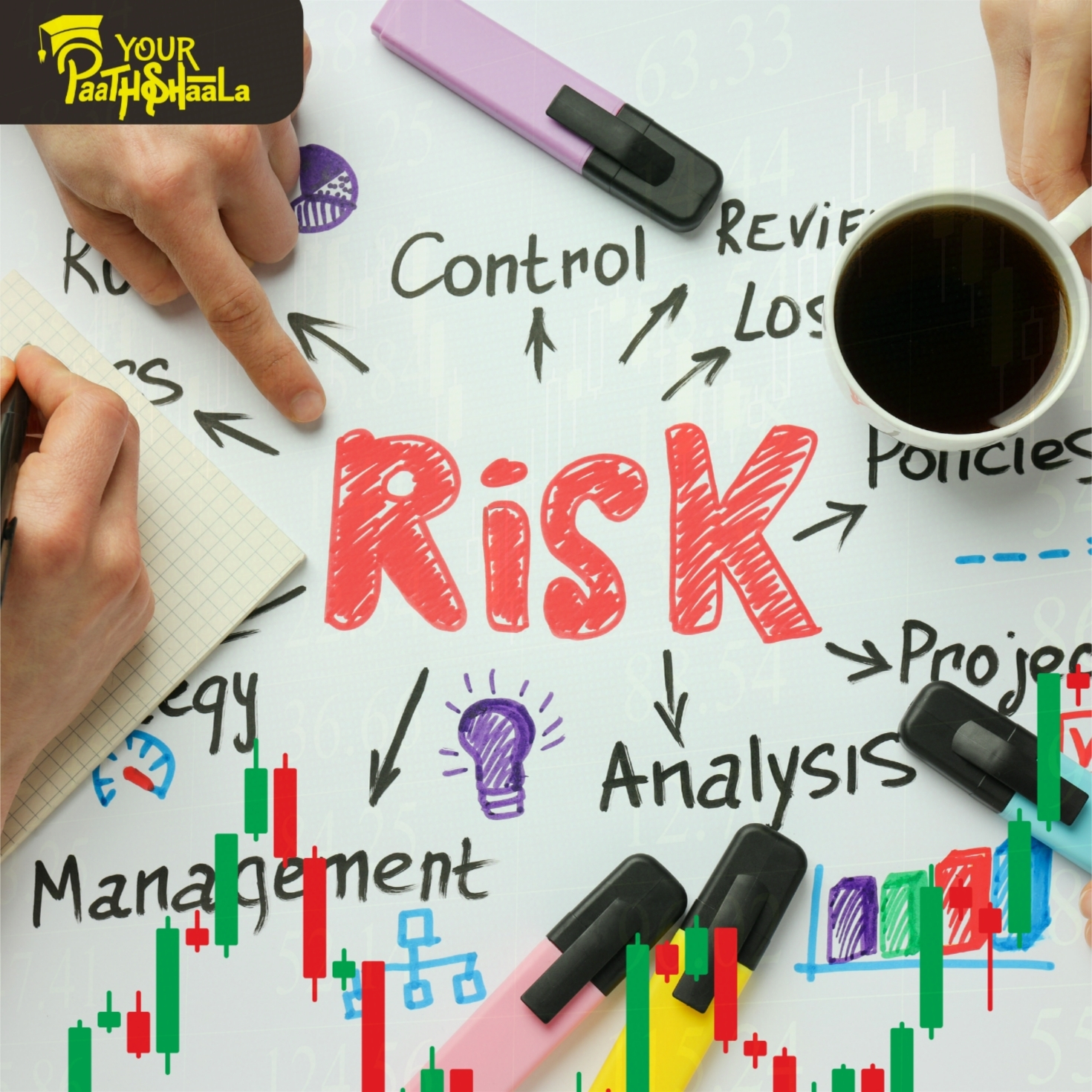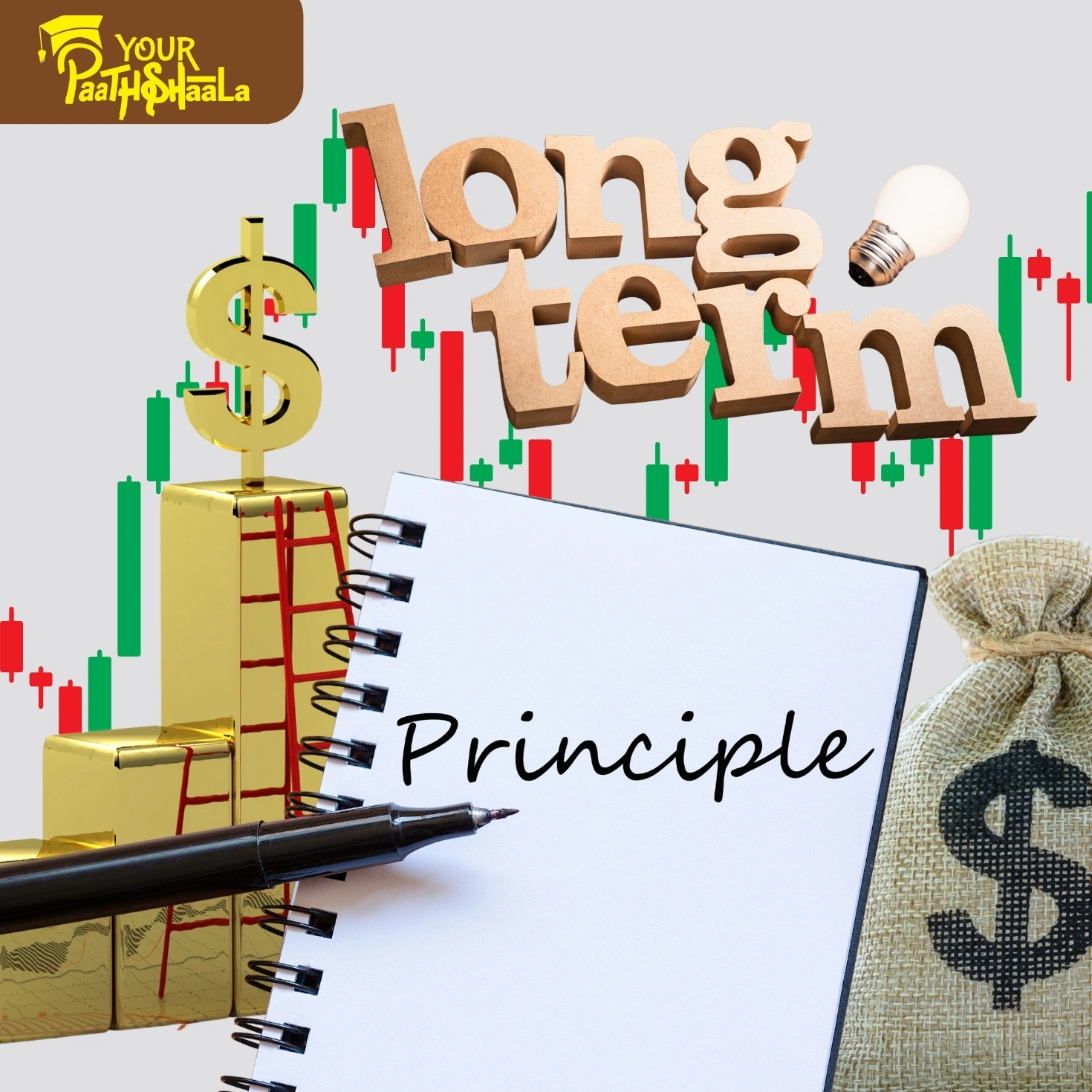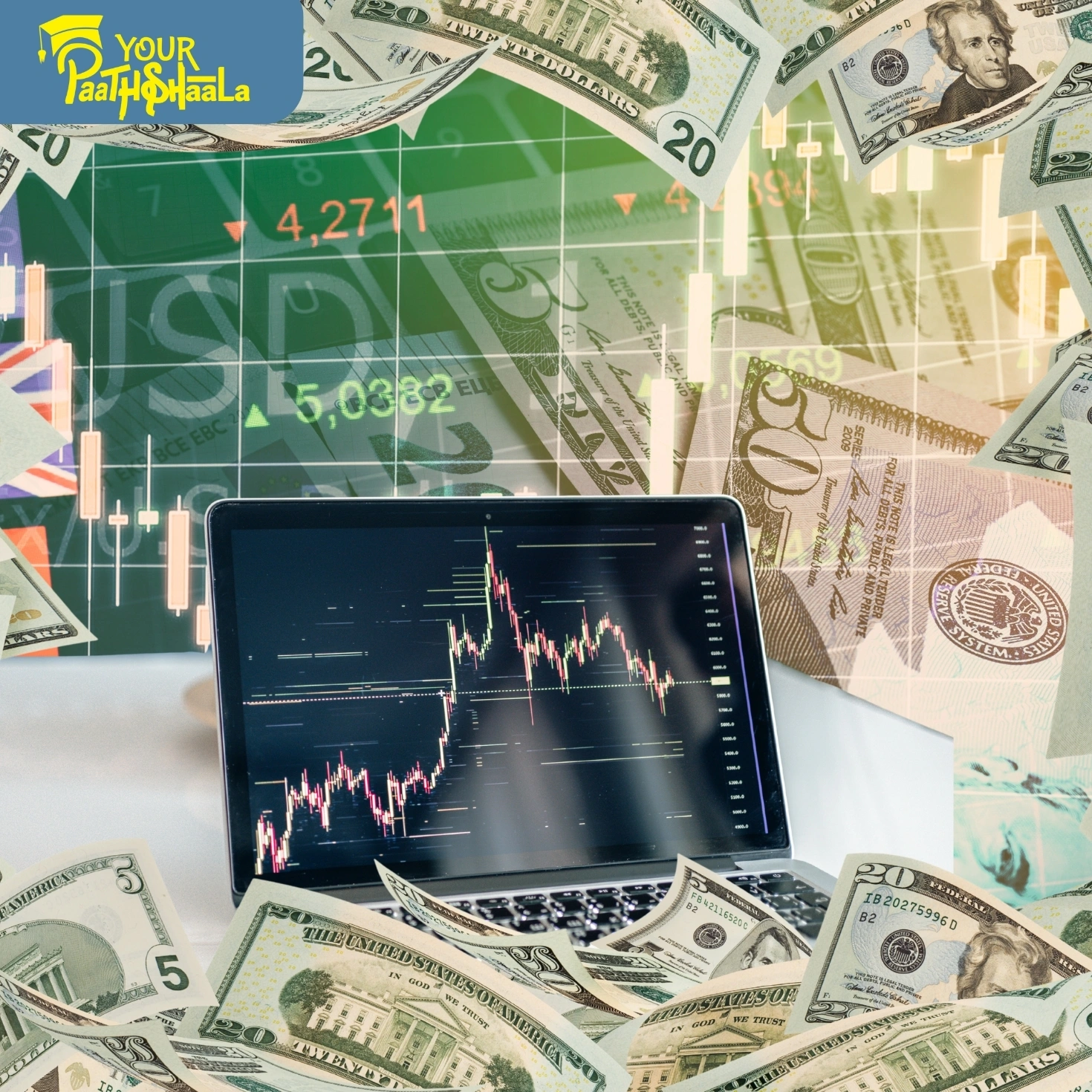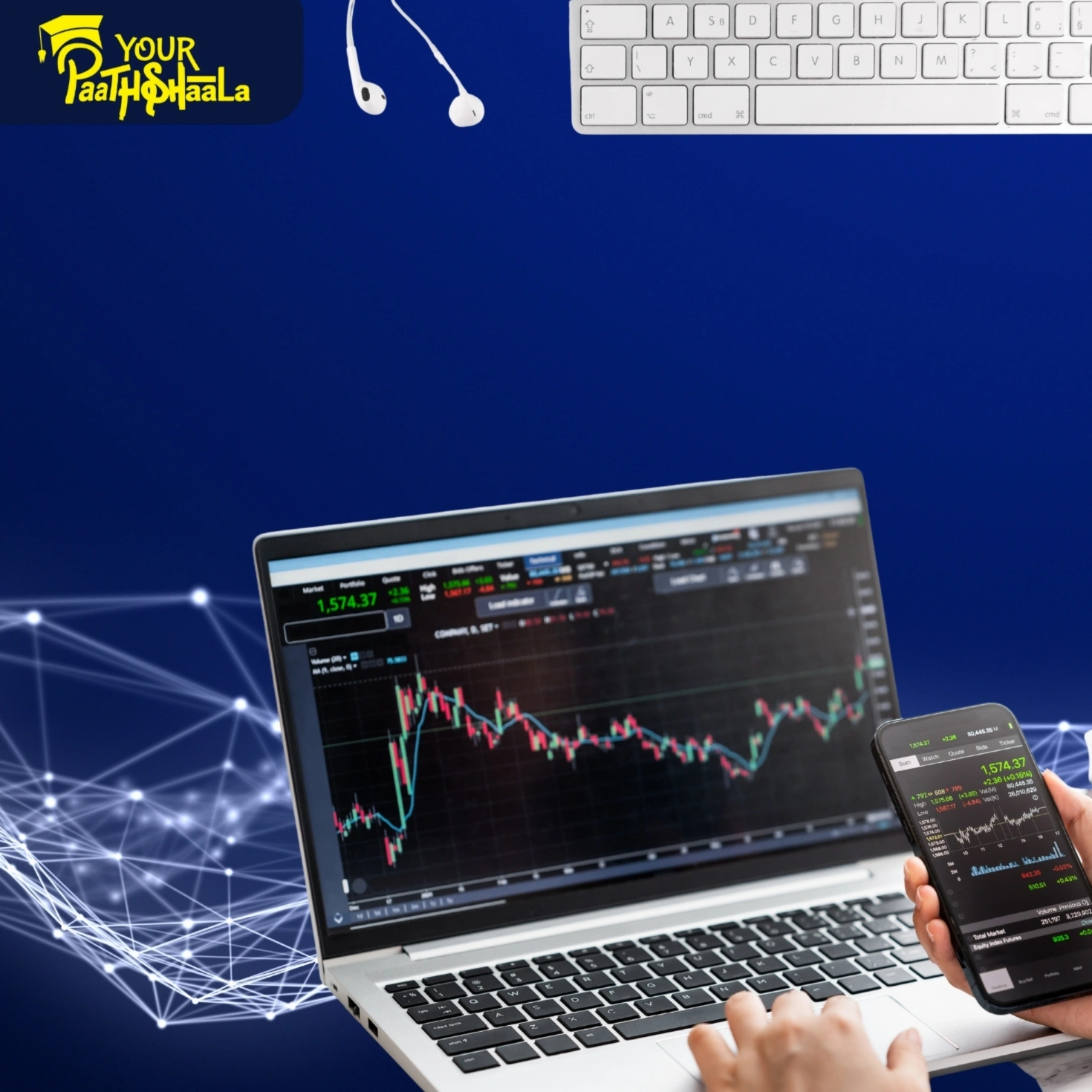New Asset Classes & Instruments in 2025: Exploring Thematic, Inverse, Leveraged ETFs and ESG Investing
The world of investing is evolving at an unprecedented pace. As we move through 2025, investors are no longer limited to traditional stocks, bonds, or mutual funds. Instead, a new generation of asset classes and instruments is reshaping portfolios and opening doors to fresh opportunities—and risks. From thematic ETFs that capture the hottest trends like artificial intelligence and clean energy, to inverse and leveraged ETFs that let you profit from market swings, and the unstoppable rise of ESG investing, the modern investor has more choices than ever before.
This comprehensive, SEO-friendly guide will walk you through the most important new asset classes and instruments, explain how they work, and offer practical tips for integrating them into your investment strategy. Whether you’re a beginner or a seasoned investor, understanding these innovations is essential for building a resilient, future-ready portfolio.
Introduction to New Asset Classes and Instruments
The financial landscape is no longer defined solely by blue-chip stocks and government bonds. Today’s investors have access to a wide array of products designed to target specific trends, hedge against downturns, amplify returns, and align with personal values. The rise of exchange-traded funds (ETFs) has been a major driver of this transformation, making it easier and more affordable to access new asset classes and strategies.
Why are these new instruments gaining traction?
Customization: Investors can now tailor their portfolios to match their interests, risk tolerance, and market outlook.
Diversification: New asset classes help spread risk across more sectors and strategies.
Innovation: Financial engineers are constantly creating products to meet evolving investor needs.
Let’s dive into the most impactful new asset classes and instruments shaping the investment world in 2025.
Thematic ETFs: Targeting Emerging Trends
One of the most exciting developments in recent years is the explosion of thematic ETFs. Unlike traditional funds that track broad indices, thematic ETFs focus on specific trends, industries, or ideas expected to drive future growth.
What Are Thematic ETFs?
A thematic ETF is a basket of stocks or assets selected to capture the performance of a particular theme. Popular themes in 2025 include:
Artificial Intelligence (AI): Companies leading in machine learning, robotics, and automation.
Clean Energy: Solar, wind, battery storage, and electric vehicle manufacturers.
Healthcare Innovation: Genomics, telemedicine, and biotechnology.
Cybersecurity: Firms protecting digital infrastructure.
Digital Economy: E-commerce, cloud computing, and fintech.
Why Invest in Thematic ETFs?
Growth Potential: Themes like AI and clean energy are expected to outpace the broader market.
Diversification: Exposure to multiple companies within a trend reduces single-stock risk.
Accessibility: Buy into a trend with a single trade, rather than picking individual winners.
Considerations
Higher volatility: Themes can be subject to hype and rapid sentiment shifts.
Concentration risk: Some ETFs may be heavily weighted toward a few companies.
Inverse ETFs: Profiting from Market Declines
Markets don’t always go up. For investors who want to hedge against downturns or profit from falling prices, inverse ETFs offer a powerful solution.
What Are Inverse ETFs?
Inverse ETFs are designed to move in the opposite direction of a specific index or asset. If the S&P 500 drops 1% in a day, an inverse S&P 500 ETF should rise about 1%. These funds use derivatives and short-selling techniques to achieve this effect.
Use Cases
Hedging: Protect your portfolio during market corrections or bear markets.
Speculation: Take short-term positions to profit from expected declines.
Key Points
Short-term tools: Inverse ETFs are generally not suitable for long-term holding due to compounding effects.
Leverage available: Some inverse ETFs offer 2x or 3x the inverse return, amplifying both gains and losses.
Risks
Complexity: Not ideal for beginners—understanding daily rebalancing and compounding is crucial.
Potential for rapid losses: If the market moves against you, losses can add up quickly.
Leveraged ETFs: Amplifying Exposure with High Risk and Reward
For investors seeking to supercharge their returns, leveraged ETFs provide a way to gain amplified exposure to an index or asset. These funds use financial derivatives and debt to multiply the daily returns—both positive and negative.
How Leveraged ETFs Work
A 2x leveraged ETF aims to deliver twice the daily return of its benchmark. For example, if the NASDAQ rises 1% in a day, a 2x NASDAQ ETF should rise 2%. Conversely, if the index falls 1%, the ETF drops 2%.
Why Use Leveraged ETFs?
Aggressive strategies: Suitable for active traders who want to maximize short-term gains.
Tactical allocation: Use in small amounts to boost portfolio performance during strong trends.
Important Considerations
Not for buy-and-hold: Due to daily resetting, returns can deviate significantly from the benchmark over longer periods.
High volatility: Losses are magnified as much as gains.
Higher fees: Leveraged ETFs often have higher expense ratios.
Example
Imagine you believe the tech sector will rally after a market dip. A leveraged tech ETF can double or triple your exposure, but if the rally fizzles, your losses are magnified.
ESG Investing: The Growing Focus on Sustainability
Environmental, Social, and Governance (ESG) investing has transitioned from a trend to a mainstream strategy. Investors are increasingly considering a company’s impact on the planet, its treatment of employees, and its corporate governance practices when making investment decisions.
What Is ESG Investing?
ESG investing involves screening and selecting investments based on:
Environmental: Carbon footprint, renewable energy use, pollution controls.
Social: Labor practices, diversity, community engagement.
Governance: Board independence, transparency, ethical conduct.
Why ESG Matters
Risk reduction: Companies with strong ESG practices may avoid scandals, fines, and regulatory penalties.
Performance: Many studies show ESG funds can match or outperform traditional funds over the long term.
Alignment with values: Investors can support causes they care about while seeking returns.
ESG Instruments
ESG ETFs and mutual funds: Track companies with high ESG scores.
Green bonds: Fixed-income securities funding environmentally friendly projects.
Impact funds: Target measurable social or environmental outcomes.
How to Incorporate These Instruments into Your Portfolio
Integrating new asset classes and instruments requires thoughtful planning and a clear understanding of your goals and risk tolerance.
Steps to Get Started
- Define your objectives: Are you seeking growth, income, risk management, or alignment with personal values?
- Research available products: Compare ETFs and funds based on fees, holdings, and track records.
- Diversify: Don’t put all your eggs in one basket. Mix thematic, inverse, leveraged, and ESG funds with traditional assets.
- Monitor performance: Review your portfolio regularly and adjust as trends evolve.
- Start small: Especially with complex instruments like leveraged or inverse ETFs, begin with a modest allocation.
Example Portfolio
A modern, diversified portfolio might include:
Core index ETFs for stability
Thematic ETFs for growth (AI, clean energy, healthcare innovation)
ESG funds for sustainability
Small allocation to leveraged or inverse ETFs for tactical moves
Risks and Considerations
While new asset classes and instruments offer exciting opportunities, they also come with unique risks.
Volatility: Thematic, leveraged, and inverse ETFs can be more volatile than traditional funds.
Complexity: Some products require a deeper understanding of derivatives and daily rebalancing.
Liquidity: Niche ETFs may have lower trading volumes, leading to wider bid-ask spreads.
Tracking error: Leveraged and inverse ETFs may not perfectly match the performance of their benchmarks over time.
Regulatory risk: ESG standards and ETF rules can change, impacting fund composition and performance.
Always read the prospectus, understand the underlying strategy, and consider consulting a financial advisor before investing in complex instruments.
Future Outlook for New Asset Classes
The pace of innovation in financial markets shows no sign of slowing. Looking ahead, expect to see:
More granular themes: ETFs targeting emerging technologies, new consumer trends, and global megatrends.
Tokenization of assets: Blockchain technology may enable fractional ownership of real estate, art, and private companies.
Growth in ESG: As regulations tighten and investor demand grows, ESG investing will become even more sophisticated.
Active ETFs: Combining the flexibility of ETFs with active management strategies.
Alternative assets: Greater access to private equity, venture capital, and infrastructure through new fund structures.
Investors who stay informed and adapt to these changes will be best positioned to capitalize on new opportunities.
Frequently Asked Questions
Q: Are thematic ETFs riskier than traditional index funds?
Yes, thematic ETFs can be more volatile and concentrated, but they also offer higher growth potential if the theme succeeds.
Q: Can I use inverse ETFs for long-term hedging?
Inverse ETFs are designed for short-term use. Over longer periods, compounding can cause performance to diverge from expectations.
Q: How much of my portfolio should be in leveraged ETFs?
Leveraged ETFs are best used in small amounts for tactical trades, not as core holdings.
Q: Do ESG funds sacrifice returns for sustainability?
Many ESG funds have matched or outperformed traditional funds, especially over the long term, but past performance is no guarantee of future results.
Q: How do I compare different ETFs?
Look at expense ratios, underlying holdings, trading volume, and historical performance. Use independent ratings and research tools for deeper analysis.
Conclusion and Next Steps
The rise of new asset classes and instruments has forever changed the investment landscape. Thematic ETFs let you ride the wave of innovation, inverse and leveraged ETFs provide tools for managing risk and amplifying returns, and ESG investing aligns your portfolio with your values and the future of the planet. By understanding how these products work—and the risks involved—you can build a smarter, more resilient portfolio for 2025 and beyond.
If you’re ready to explore these new frontiers, expert guidance can make all the difference.
Visit YourPaathshaala
Near 🏥 Anjali Children Hospital, Tagore Nagar, Mathpurena, Raipur.
📫 PIN code: 492001, Chhattisgarh
📞 Click the Call Now to contact us!
Take your financial knowledge to the next level with YourPaathshaala—your trusted partner for investment education and market insight.

